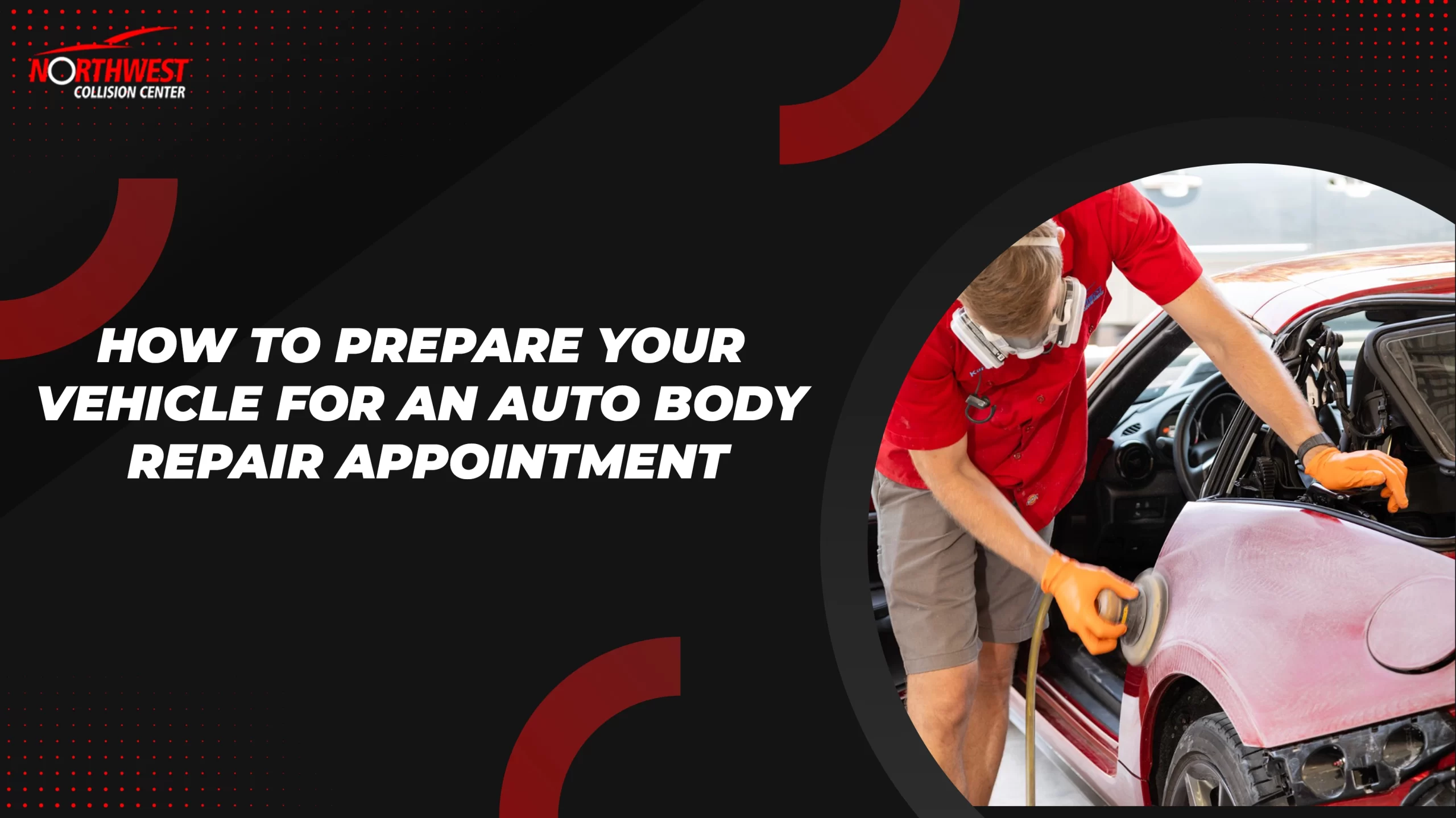You should reconsider repairing your car when the costs exceed 50% of its market value or frequent breakdowns suggest more repairs are on the horizon. Evaluate the vehicle’s overall condition, mileage, and parts availability. Diagnostic fees and chronic issues could also inflate your repair bill quickly. Major mechanical failures, like engine or transmission repairs, can also be expensive, often exceeding the car’s worth. High mileage and age can mean more frequent and costly repairs due to wear and tear. Reviewing safety concerns and potential alternative transportation options may also influence your decision. For a deeper understanding of car repairs, explore the article with these considerations.

Key Takeaways
- If repair costs exceed 50% of the car’s current market value, reconsider the repair decision.
- Frequent breakdowns and cumulative repair costs over $3,000 suggest the vehicle may be nearing the end of its useful life.
- Major mechanical failures like engine or transmission issues can exceed the vehicle’s market value, making repairs financially unviable.
- High mileage and age often result in increased repair costs and reduced reliability, outweighing the benefits of continued investment.
- Difficulty sourcing replacement parts for older vehicles can significantly increase repair costs and downtime.
Assessing Repair Costs
When evaluating repair costs, it’s critical to compare the expense of the repair against the current market value of your vehicle. This assessment helps you determine when a car is too expensive to repair. Start by obtaining a detailed estimate from a reputable old car shop. Make sure the estimate includes all potential repairs, parts, and labor costs.
Next, analyze the repair costs in relation to your car’s value. If the cost of repairs exceeds 50% of your car’s market value, it may not be a financially sound decision to proceed. For an older vehicle, this threshold might be even lower, given the higher likelihood of recurring issues. You should also consider the car’s overall condition and mileage. If it’s prone to frequent breakdowns, additional repairs might not be far off.
Determining Car Value
To accurately determine your car’s value, start by consulting trusted resources and technicians for an unbiased market assessment. These avenues provide detailed insights into your car’s worth based on factors such as make, model, year, mileage, and condition. Once you have a ballpark value, you can better assess whether your car is too expensive to repair.
Consider these key points to guide your analysis:
- Repair Costs vs. Car Value: If repair estimates exceed 50% of your car’s current market value, it’s often a sign that the car might be too expensive to repair.
- Frequency of Repairs: Constantly visiting the old car shop for fixes can drain your finances. If you’re frequently shelling out for repairs, it might be time to reconsider.
- Depreciation: Cars lose value over time. Even considerable repairs might not greatly boost your car’s resale value.
Major Mechanical Failures
When evaluating major mechanical failures, consider the substantial costs of engine replacements, which can often exceed the vehicle’s market value. Frequent transmission issues could also signal an impending cascade of repairs. Chronic electrical problems further complicate the situation, as they often require extensive diagnostics and repairs that may not be financially justifiable.
Engine Replacement Costs
Evaluating the costs of an engine replacement requires a meticulous analysis of labor and parts expenses, often revealing that the investment may exceed the vehicle’s market value. When pondering whether a car is too expensive to repair, you need to reflect on several factors. First, ask yourself how much it costs to repair a car with a blown engine. Typically, engine replacement costs can range from $3,000 to $7,000, depending on the make and model. Labor alone can be a significant portion of this expense, as engine replacement is a labor-intensive job.
Visiting an old car shop for an estimate may yield some insights, but it’s essential to weigh this against the car’s overall worth. If the repair costs are approaching or surpassing the vehicle’s market value, it might be time to rethink your options.
Here’s a quick guide to help you decide:
- Emotional Attachment: Is your connection to the vehicle strong enough to justify the expenditure?
- Future Reliability: Will the replacement guarantee long-term reliability, or are more repairs imminent?
- Market Value: Does the car’s current market value justify the repair costs?
These reflections will help you make a well-informed decision about whether to proceed with an engine replacement.
Transmission Issues Frequency
Transmission issues often crop up unexpectedly and can lead to major mechanical failures that severely impact a car’s overall performance. When your transmission begins to fail, it doesn’t just affect how smoothly your car shifts gears; it can also lead to complete vehicle breakdowns. One vital question to ask is: when is a car too expensive to repair in the context of transmission issues?
The cost to repair or replace a transmission can be substantial. On average, a transmission repair might set you back anywhere from $1,000 to $3,500, depending on the make and model of your vehicle. For older vehicles, particularly those serviced at an old car shop, the cost can be even higher due to the scarcity of parts and specialized labor required.
When analyzing whether to undertake such an expensive repair, consider the frequency of transmission issues. If your car has had multiple transmission failures within a short timeframe, it might indicate systemic problems that make further repairs uneconomical. You should also factor in the current market value of your vehicle. If the repair costs exceed the car’s value, it’s time to seriously consider whether continuing to invest in it is wise.
Chronic Electrical Problems
Chronic electrical problems can be a persistent source of frustration and often signal deeper underlying issues that may render further repairs impractical. When you find yourself constantly visiting the old car shop to address issues like faulty wiring, malfunctioning sensors, or erratic electrical systems, it’s best to evaluate whether continuing repairs is financially sensible.
Consider these points:
- Cost of Repairs: Calculate how much does it cost to repair a car with chronic electrical issues. Frequent repairs can quickly add up, often exceeding the vehicle’s value.
- Reliability: Chronic electrical problems compromise your car’s reliability. A vehicle that breaks down unexpectedly isn’t just inconvenient; it can also be unsafe.
- Value Depreciation: Ask yourself, when is a car too expensive to repair? If ongoing electrical issues drastically reduce your car’s resale value, it might be time to cut your losses.
Analyzing these factors with a detail-oriented and analytical mindset will help you make an informed decision. Rather than sinking more money into an unreliable vehicle, it might be prudent to invest in a more dependable option, ultimately saving you time, money, and frustration.
Frequent Breakdowns
When your vehicle starts experiencing frequent breakdowns, it’s a clear indicator that the underlying mechanical issues may be more severe and costly than anticipated. Frequent failures often suggest systemic problems, potentially making your car too expensive to repair.
Frequent breakdowns also necessitate regular visits to the old car shop, resulting in mounting labor and parts costs. If the repair costs exceed half the car’s current market value, it might be time to think about replacement. This is particularly true if you’re consistently dealing with the same issues, such as engine misfires, transmission failures, or persistent overheating.
Analyze the frequency and severity of the breakdowns. A thorough diagnostic report from a trusted mechanic can provide clarity. Weigh the financial and time investment required for ongoing repairs against the potential benefits of acquiring a more reliable vehicle.
High Mileage Concerns
Another vital factor to contemplate is the high mileage on your vehicle. High mileage can be a significant indicator that your car is approaching the end of its useful life.
When evaluating if your car is too expensive to repair, consider the following:
- Increased Repair Costs: As mileage adds up, so do the wear and tear on important components like the engine, transmission, and suspension. You may find yourself frequently visiting the old car shop, leading to substantial repair bills.
- Declining Fuel Efficiency: High-mileage vehicles often suffer from reduced fuel efficiency due to worn-out parts and aging systems. This not only impacts your wallet through increased fuel costs but also reflects the growing inefficiency and potential future repairs.
- Decreased Reliability: A high-mileage car is more prone to unexpected breakdowns, which can be both inconvenient and costly. The unpredictability of such a vehicle can lead to additional expenses and stress.
Age of the Vehicle
When evaluating the age of your vehicle, you must consider depreciation and its impact on resale value, as older cars lose value more rapidly. Parts availability becomes increasingly challenging, leading to higher costs and longer repair times. Ultimately, technological obsolescence can render older models incompatible with newer features and safety standards, making repairs less practical.
Depreciation and Resale Value
As your car gets older, its depreciation accelerates, meaning its market value decreases more rapidly. This makes it crucial to determine when is a car too expensive to repair. When you factor in how much it costs to repair a car, especially frequent visits to the old car shop, you might find that repair expenses surpass the vehicle’s current worth.
To help you make this decision, consider the following factors:
- Current Market Value: Assess your car’s current market value using resources like Kelley Blue Book. If repair costs exceed 50% of this value, it’s probably not worth it.
- Depreciation Rate: Calculate how fast your vehicle is losing value annually. Older vehicles often depreciate more quickly, making expensive repairs less justifiable.
- Future Resale Potential: Even after repairs, will your vehicle fetch a reasonable price if you decide to sell? If the resale value is minimal, investing in repairs may not be wise.
Parts Availability Concerns
While evaluating depreciation and resale value, another critical factor to take into account is the availability of replacement parts for your aging vehicle. As cars age, finding necessary parts becomes increasingly challenging. This scarcity not only drives up costs but also extends repair times.
Old car shops often face difficulties sourcing parts for older models, particularly those discontinued by manufacturers. Consequently, you may need to resort to aftermarket or salvage parts, which can vary in quality and reliability.
When parts are scarce, labor costs can also spike. Technicians at old car shops may need additional time to locate and install these parts, further inflating your repair bill. It’s crucial to perform a cost-benefit analysis.
Compare the rising costs of repairs and parts with the value of your vehicle. If the repair costs consistently exceed your car’s market value, it may be time to reconsider continued investment in the vehicle.
Technological Obsolescence Issues
As new models roll out with cutting-edge features, your aging car might seem less appealing and more challenging to repair. Here are a few factors to consider:
- Unavailable Parts: With newer models dominating the market, finding parts for older vehicles can become an arduous task. Even reliable old car shops might struggle to source components, increasing both the time and cost of repairs.
- Compatibility Issues: Modern diagnostic tools and software are often incompatible with older vehicles. This incompatibility means mechanics need specialized knowledge and perhaps outdated tools to fix problems, further driving up repair costs.
- Safety and Efficiency: Technological advancements in newer vehicles greatly improve safety and fuel efficiency. Continuing to invest in an older car might mean you’re missing out on these vital improvements, putting both your wallet and well-being at risk.
Costly Diagnostic Fees
When facing costly diagnostic fees, you must consider hidden expense pitfalls that can quickly escalate repair costs. Unpredictable repair costs add another layer of complexity, making it challenging to budget accurately. Exploring alternative evaluation methods could help mitigate these financial uncertainties and provide a clearer path forward.
Hidden Expense Pitfalls
Many car owners overlook the significant impact that costly diagnostic fees can have on the overall expense of vehicle repairs. When trying to determine when a car is too expensive to repair, you must factor in these hidden costs. Diagnostic fees can vary widely, especially at an old car shop where specialized knowledge is required.
Understanding how much it costs to repair a car means you need to account for these preliminary expenses, which can sometimes run into hundreds of dollars.
In your analytical approach, consider the following points:
- Initial Diagnostic Costs: Diagnostic fees can range from $50 to $150 per visit. These costs can quickly add up, especially if multiple issues need assessment.
- Recurring Diagnostics: Frequent visits for diagnostics can be a sign that your car is aging and may be nearing the end of its reliable life. Each visit chips away at your repair budget.
- Hidden Problems: Sometimes, diagnostics uncover issues that weren’t initially apparent, leading to unexpected repairs and further costs.
Unpredictable Repair Costs
Unpredictable repair costs can swiftly escalate, particularly when costly diagnostic fees are involved. When you bring your vehicle to an old car shop, you’re often faced with an initial diagnostic fee just to identify the problem. These fees can range anywhere from $100 to $200 or more, depending on the complexity of the issue and the shop’s expertise.
When repairs start to pile up, especially with an older vehicle, it becomes vital to assess when a car is too expensive to repair. If the diagnostic reveals multiple issues, each requiring substantial labor and parts, you might find yourself facing a repair bill that’s a significant fraction of the car’s current value. In such cases, it’s important to reflect on the cumulative costs and their impact on your finances.
Old car shops might offer experience and reliability, but the unpredictability of repair costs and diagnostic fees can make it challenging to decide whether continuing to invest in your vehicle is a sound financial decision.
Alternative Evaluation Methods
Exploring alternative evaluation methods can help you mitigate the high costs associated with traditional diagnostic fees.
Examine the following alternative strategies to evaluate your car’s condition without incurring high costs:
- OBD-II Scanners: These devices allow you to read diagnostic trouble codes (DTCs) from your car’s computer. They range from basic models to advanced versions that can even connect to your smartphone. Using an OBD-II scanner can help you identify issues early and understand how much it might cost to repair a car.
- Mobile Mechanics: Hiring a mobile mechanic can be cost-effective. These professionals come to your location, reducing overhead costs and potentially offering lower diagnostic fees compared to traditional shops.
- Online Diagnostic Tools: Several websites and apps can guide you through a step-by-step diagnostic process. These tools often provide estimated repair costs, helping you decide when a car is too expensive to repair without initial high expenses.
Emotional Attachment Factors
Understanding when a car is too expensive to repair isn’t solely a financial decision. Sometimes, the sentimental value of an old car can outweigh the rising costs.
Here are a few points to weigh:
- Memories and Milestones: Think about the significant life events you’ve experienced with your car. Was it your first vehicle, the one you drove on your wedding day, or the car that carried your child home from the hospital?
- Personal Investment: Over the years, you’ve likely invested considerable time and effort into maintaining and customizing your vehicle. This personal investment can make the idea of parting with it particularly challenging.
- Unique Characteristics: Older cars often have unique features that newer models lack. This individuality can create a strong emotional bond, making it difficult to shift to a different vehicle.
When weighing how much it costs to repair a car, consider these emotional factors alongside the financial ones. Consulting an old car shop with expertise in vintage models can also provide valuable insights into the true worth of keeping your beloved vehicle on the road.
Conclusion
In the grand scheme of automotive upkeep, there comes a juncture when continuing repairs may no longer be sensible. Weighing repair costs against the vehicle’s value, factoring in major mechanical failures, frequent breakdowns, and high mileage, can make it easier to reach a practical decision.










